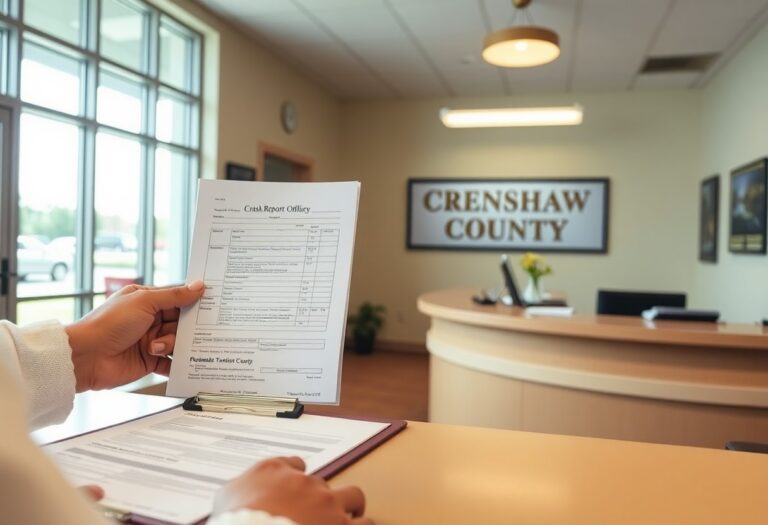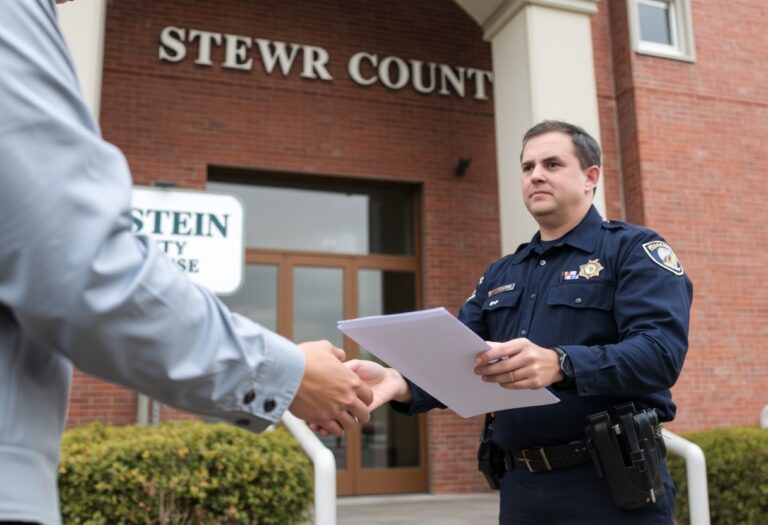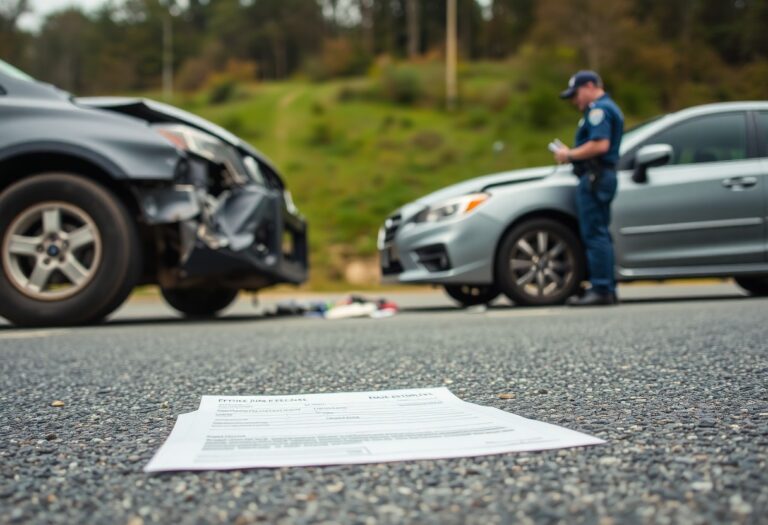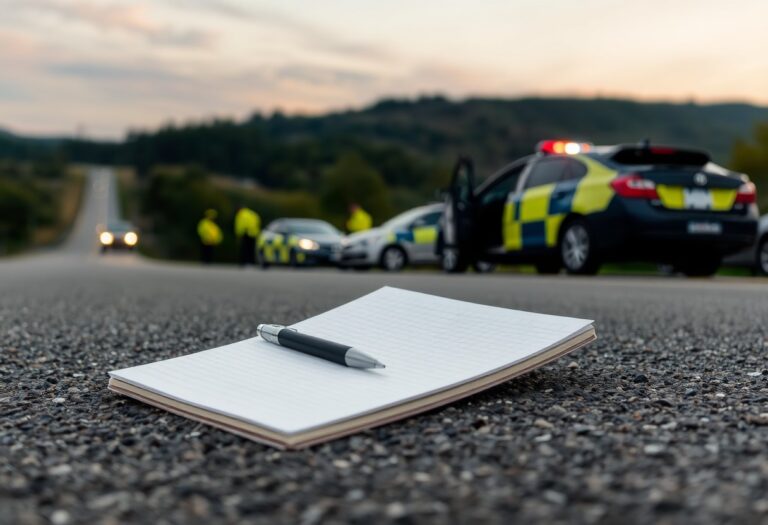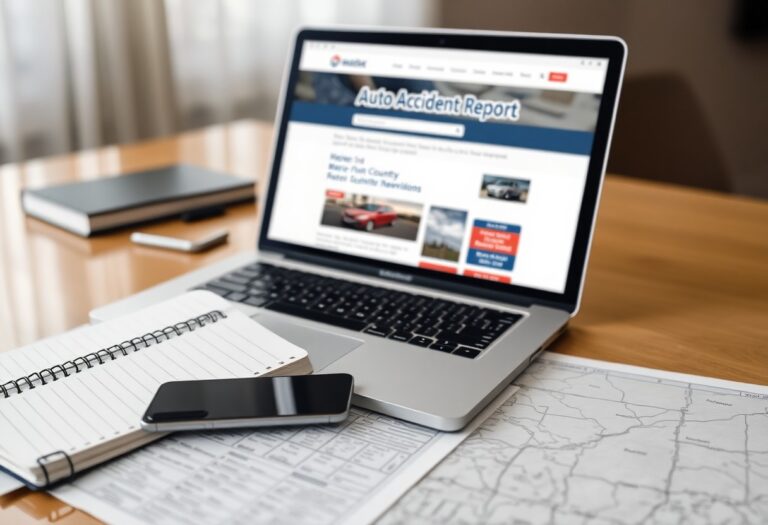Accident scenarios can be overwhelming, but knowing how to file a car accident report in Venango County can ease your stress and protect your rights. In this guide, you’ll find clear steps to navigate the process effectively, ensuring you include all necessary details to support your case. Whether you were involved in a minor fender-bender or a serious collision, following these steps will help you manage the situation and ensure that your documentation is complete and accurate.
The High Stakes: Why Filing an Accident Report Matters
Filing an accident report in Venango County is not merely a formality; it holds significant weight in determining outcomes following a collision. A proper report creates an official account of the incident, which can influence legal proceedings and insurance claims. Your version of events documented accurately becomes critical, especially if disagreements arise or liability is questioned later on.
Legal Implications and Liability
In the event of an accident, establishing liability is vital. A report documenting the details of the crash supports your case, should legal disputes ensue. If negligence is established, such as failure to yield or driving under the influence, your report may hold substantial weight in determining fault and mitigating potential legal repercussions.
Insurance Claims and Coverage
Accurate accident reports play a pivotal role in processing insurance claims. Insurance companies rely on these documents to assess damages and determine fault. A well-documented report can expedite your claim process, ensuring you receive any entitled compensation in a timely manner. Failure to report an accident or inaccuracies can lead to disputes and the risk of denial.
For instance, if you incurred medical costs or vehicle repair expenses, having a detailed accident report strengthens your position when filing with your insurer. Specific information such as accident location, weather conditions, and witness statements can significantly impact the coverage you receive. Without this official record, your ability to substantiate claims may weaken, leaving you vulnerable in dealing with financial losses following the incident.
Navigating Immediate Steps Post-Accident
Following a car accident, focusing on immediate steps ensures your safety and helps streamline the reporting process. Evaluating your injuries and those of others involved should be your first priority, quickly calling for medical assistance if necessary. Once safety is established, gather relevant information and document the scene, which will aid in any insurance claims or legal actions you may need to pursue later.
Gathering Essential Information
Collecting important information from the accident scene is vital. Exchange contact details with other drivers, including names, phone numbers, insurance information, and addresses. Take down the make and model of each vehicle involved, and if possible, document the license plate numbers. Additionally, note the time, date, and location of the accident, as well as any eyewitness contact information.
Understanding When to Contact Authorities
Determining when to involve law enforcement depends on the accident’s severity and circumstances. Generally, if there are injuries, significant vehicle damage, or if a driver is under suspicion of intoxication, contacting the authorities is important. In Pennsylvania, accidents resulting in injury or death must be reported to the police, ensuring a formal record is created. Even minor accidents benefit from having a police report, which can be invaluable for insurance claims.
In Venango County, contacting authorities should be a priority if there’s any doubt regarding the nature of the accident. Police presence not only helps ensure public safety but also facilitates the gathering of objective evidence. If another party is uncooperative or the situation escalates, having law enforcement intervene can prevent further complications. Always err on the side of caution; if unsure about the need for police involvement, making the call can help mitigate potential issues in the aftermath of your accident.
The Fine Print: Required Documentation for Accident Reports
Filing an accident report requires you to gather specific documentation that serves as evidence and supports your account of the incident. This includes your driver’s license, vehicle registration, and proof of insurance. Statements from witnesses, photographs of the accident scene, and diagrams illustrating the collision can enhance your report’s credibility. Additionally, seek copies of police reports if applicable. Having these documents organized not only streamlines the reporting process but also strengthens your case when dealing with insurance claims or legal matters.
What to Include in Your Report
Your report should be comprehensive yet concise, detailing important information such as the date and time of the accident, location, and conditions at the time. Describe the involved vehicles, including make and model, and mention any injuries sustained. Include contact information for witnesses and any law enforcement officers on the scene. If possible, add photographs that capture visible damages and the accident context. This information will facilitate smoother claims processes and provide clarity to those reviewing the report.
Common Pitfalls to Avoid in Documentation
One common pitfall is failing to document all relevant details thoroughly. Incomplete reports can hinder insurance claims and legal proceedings. Avoid assumptions or vague statements; instead, present clear, factual accounts. Additionally, neglecting to follow up on obtaining official police reports can leave gaps in your documentation. Inconsistent timelines or discrepancies between verbal accounts and submitted documentation can damage your credibility. Ensuring accuracy throughout your report can significantly impact its effectiveness.
In the aftermath of an accident, the focus often shifts to immediate medical concerns or vehicle damages, leading to rushed or incomplete documentation. Skipping details about the accident’s environment, such as weather conditions or road hazards, can result in missed liability claims. Moreover, being overly emotional in your statements can introduce bias, further complicating the report’s perception. A methodical and accurate approach ensures you cover all necessary angles, safeguarding your interests as the situation unfolds.
Where to File: County-Specific Protocols in Venango
Filing a car accident report in Venango County follows specific local protocols. You must navigate through the local police department, Pennsylvania State Police, or the county’s district court depending on the circumstances surrounding your accident. Each jurisdiction may have slightly different submission requirements, so ensure you’re aware of which authority to approach based on where the incident occurred.
Location and Method of Submission
Your first step in submitting a report is determining the right location based on the accident’s details. If law enforcement was present at the scene, you may submit your report through their department. For incidents that did not involve police but resulted in injuries or significant property damage, you can file a report at the Venango County Court. Submissions can often be made in person or via mail, so check the specific office protocols for submission methods.
Timelines and Deadlines for Reporting
In Venango County, it’s necessary to adhere to specific timelines for filing your report. Car accident reports should generally be filed within 5 to 10 days following the incident. Filing within this timeframe ensures compliance with local laws and maintains your eligibility for insurance claims.
Delaying the filing beyond the initial suggested timeline could complicate your claims process and may lead to penalties or denial from insurance providers. You also risk missing vital evidence collection opportunities. If there are extenuating circumstances that prevent you from filing on time, document those reasons thoroughly and communicate them to the appropriate authorities as soon as possible. This can provide context for your situation and might be beneficial in case of any inquiries regarding your late report submission.
Post-Submission: What to Expect After Filing
Once you’ve submitted your car accident report in Venango County, the next steps involve processing your information and understanding how to proceed. The reviewing authorities will assess the details you provided, which can take some time depending on their caseload and workload. Knowing what to expect during this phase can alleviate concerns and keep the process smooth.
Processing Times and Follow-Up Actions
Processing times for accident reports in Venango County can vary significantly, typically ranging from a few days to several weeks. You may not receive immediate feedback, but stay alert for any correspondence from authorities. Additionally, you may need to follow up with local law enforcement or your insurance provider to ensure all updates are recorded.
Understanding Reception and Next Steps
Understanding the reception of your report and the next steps is vital for navigating the aftermath of your accident. After review, you may receive a notification about any needed additional information or clarifications regarding your report. It’s also wise to communicate with your insurance carrier about the report and any potential impacts on your claim.
Your accident report will generally be logged into the system, which can be accessed by relevant parties, including law enforcement and insurance companies. Following submission, keeping track of any case numbers or reference information can help you in future communications. If a follow-up is necessary, be prepared to provide further clarification on any incident details. Staying engaged with the process ensures you are informed about any progress and helps address any complications promptly.
Final Words
To wrap up, understanding how to effectively manage car accident reports in Venango County, Pennsylvania, is vital for protecting your rights and ensuring a smoother recovery process. By following the outlined steps, from gathering evidence to filing your report with the local authorities, you can take control of the situation and facilitate communication with your insurance provider. This knowledge not only empowers you in the aftermath of an accident but also helps ensure that you are prepared for potential legal proceedings. Stay informed, and approach each step methodically to safeguard your interests.








